A Major Violin Scale with Pics, Notes and Sound Samples
Learn the A Major scale on the violin with free sheet music, finger charts and audio samples
The first scale on the violin you should learn is the A Major scale. The easiest version is 1 octave and you can expand them to 2 octaves, 3 octaves and even 4 octaves. Read, listen and learn all about them in this article, so you’re set up for success to play them yourself.
A Major Violin Scale
This is the first scale almost all violinists learn and a very comfortable key to play in. It has three sharps, F#, C#, and G#.
Easy A Major scale on the violin for beginners (1 octave)
(Sensational Scales p. 2-4)
Start on open A. The fingering pattern is easy here because you just have to follow the tapes if you have them. If you don’t have tapes, make sure your high second finger always touches third finger. For the E, you can choose whether to play four on the A string or open E string.

Sensational Scales includes exercises in broken triads. These are the exact same notes and fingerings, just in a different order. Start on A, skip up to C#, come back down one step to B, skip up again, etc.
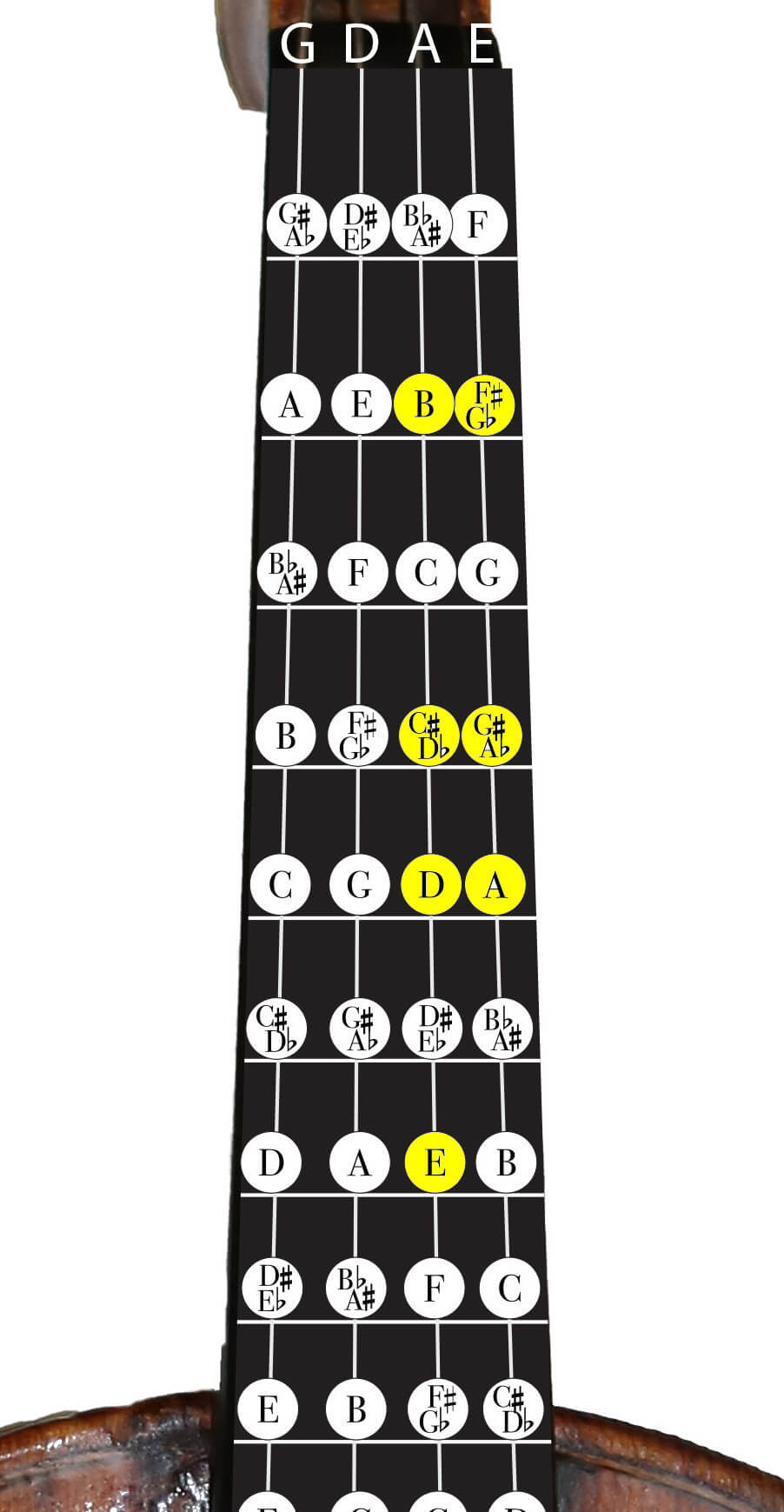
A major scale violin 2 octaves
Once you’ve learned the high third finger, you can add a lower octave to your A major scale. This is still all in first position.
(Sensational Scales p. 16-17)
Here we add the lower octave on the G and D strings. Start on 1st finger G string. The fingering is pretty simple, just make sure to play high 3’s on the G and D strings. Everything else is the same, no shifting is necessary. Also try the bowing variations given in the book.

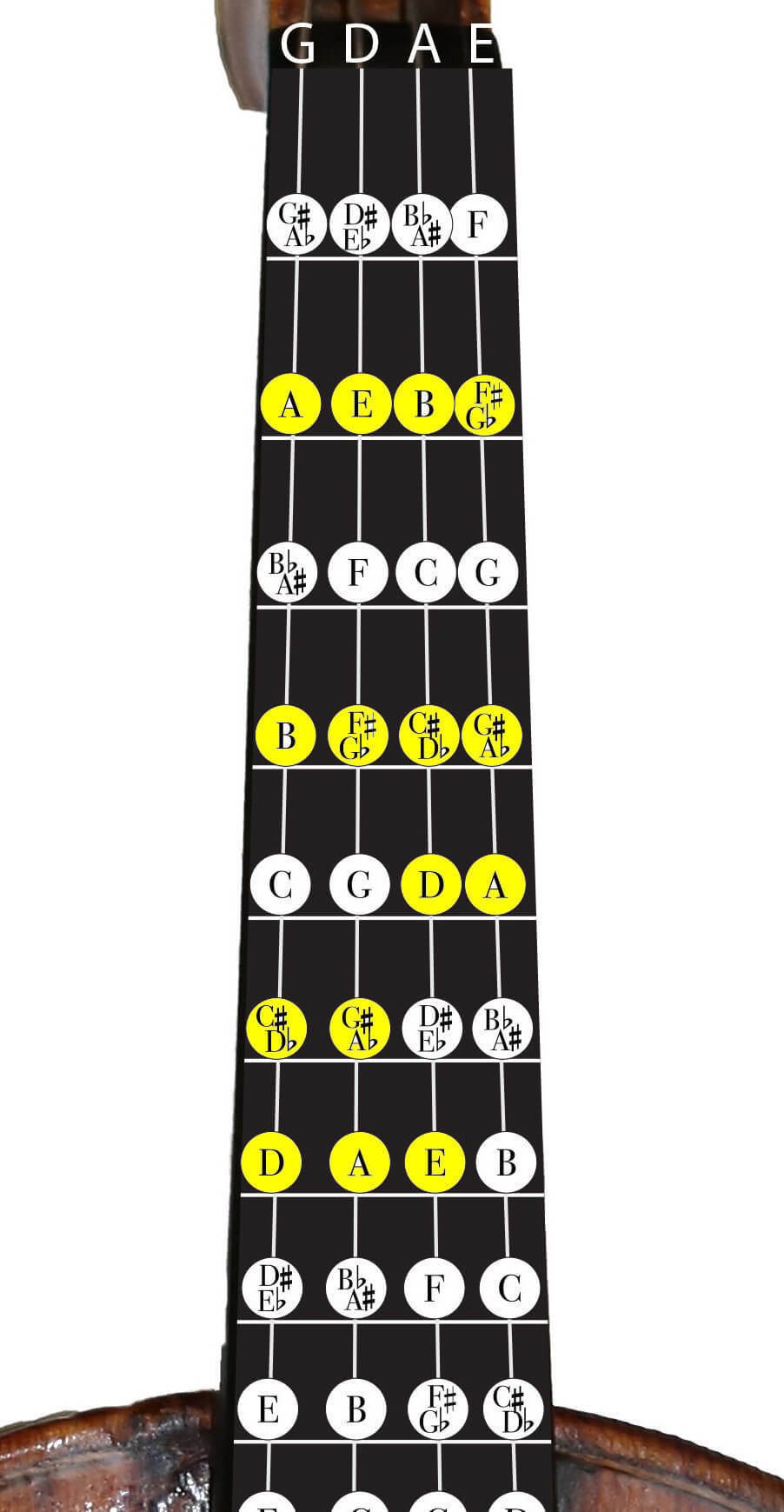
A major scale violin 3 octaves (intermediate)
(Sensational Scales p. 58,71)
This advanced scale requires shifting up to third, fifth, and seventh position. For most accurate results, always slide the shift carefully, never jump or jerk. The book gives two different options for fingerings. The Carl Flesch fingering is the most common. Experiment with both to become a flexible player. The arpeggios here cycle through both A major and A minor (scroll down to learn all about the arpeggios).
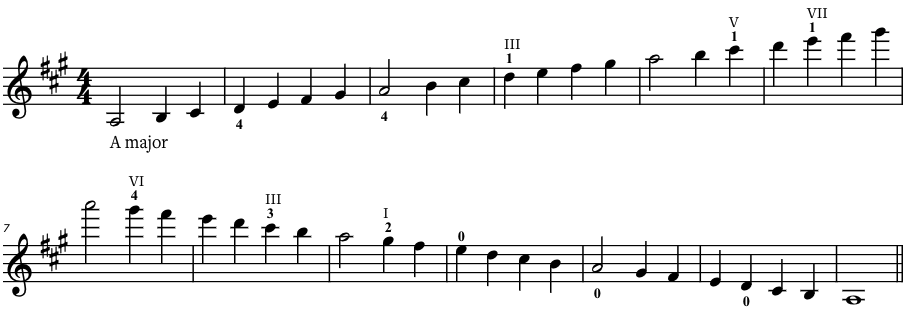
A major scale violin 4 octaves (advanced)
(Sensational Scales p. 79)
A Major is one of the few scales that violinists can actually play in four octaves. That last A is one of the highest notes on the violin. Four octave scales don’t come up in sheet music very often, but examples in A major are the opening of Paganini Caprice No. 5 and the last few lines of Saint-Saëns Introduction and Rondo Capriccioso. If you hope to play this repertoire someday, brushing up on your four-octave scales would be a good idea.
Fingering-wise, once you get to third position A on the E string, just keep going up 1-2-1-2 until you get to the D in 13th position. Play the last five notes 1-2-3-4-extended 4 for the last A. Bring the four back to G. After that, it’s just 3-2-1 shifts all the way down the E string.
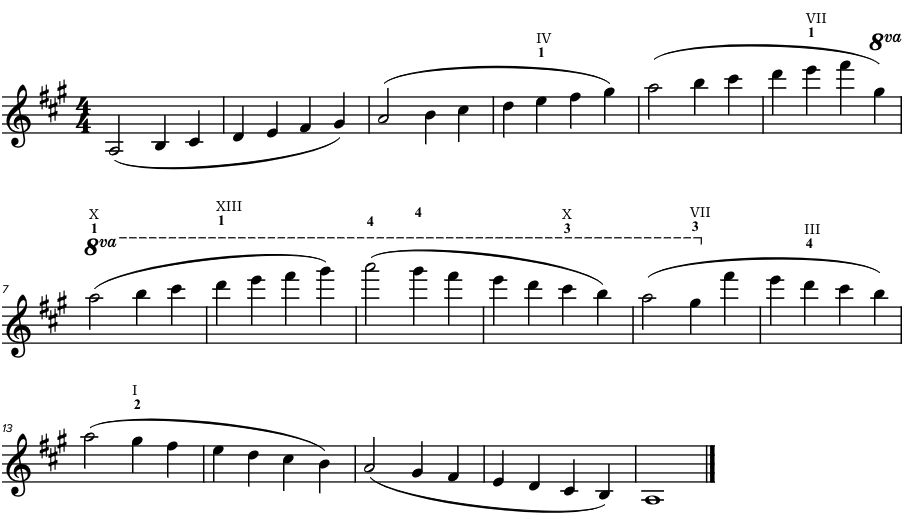
What are the A Major arpeggios on the violin?
Arpeggios are chords of which you play the notes one by one. I explain all about them in this article.
In scales you play the notes of a key like A major one by one. To also learn jumps of various intervals and different finger patterns in a scale, you should practice arpeggios.
Here are the arpeggios of the one octave A major scale:

ALL A Major Arpeggios on the violin over 3 octaves
From the arpeggios above, we can make the 3 octave arpeggios that are very effective to study. These are from the Carl Flesch scale book.
Why practice violin scales?
Practicing scales on the violin is very important to:
- learn to play in tune (improve intonation)
- practice different bowing techniques
- improve your rhythm skills
- finger speed, flexibility and strength
Actually there’s nothing you can NOT learn with scales. You get to know the violin fingerboard, where all the notes are and in general scales are a laboratory to improve all aspects of your violin playing.
If you start each practicing with scales, you’ll notice that your overall violin technique improves and you can learn all the piece you love to play faster and better.
Download my free violin scale book Sensational Scales to get started right away!
FREE Violin Scale Book
Sensational Scales is a 85 page violin scale book that goes from simple beginner scales with finger charts all the way to all three octave scales and arpeggios


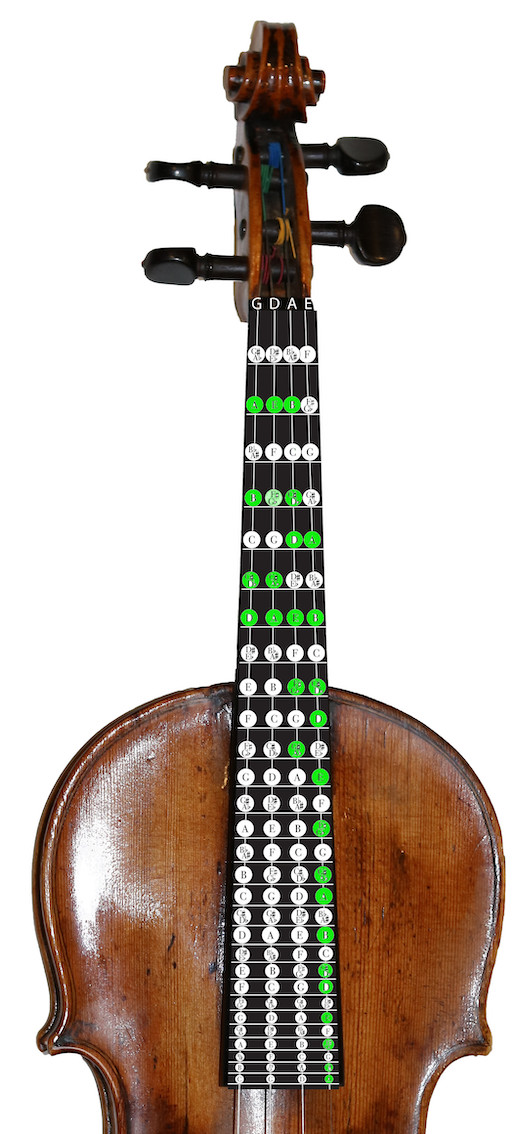
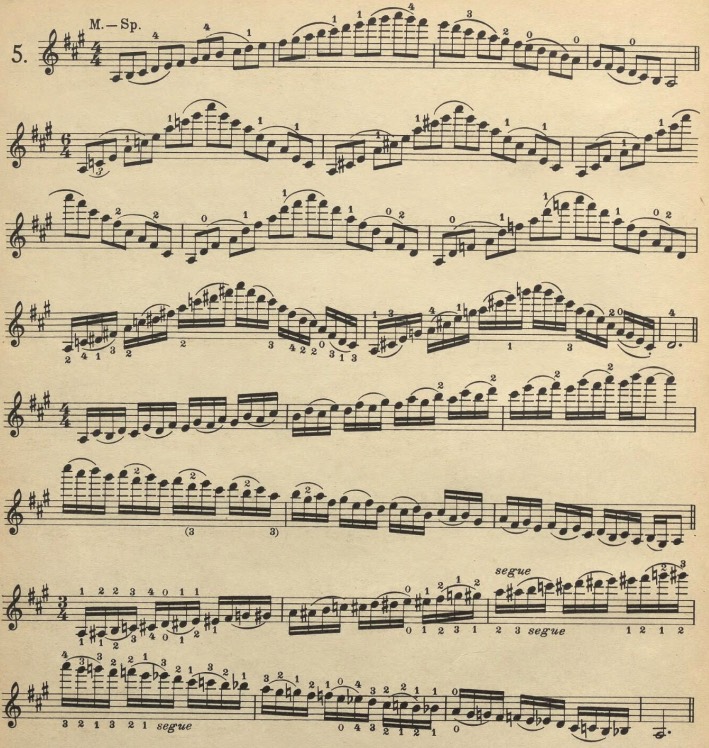

0 Comments